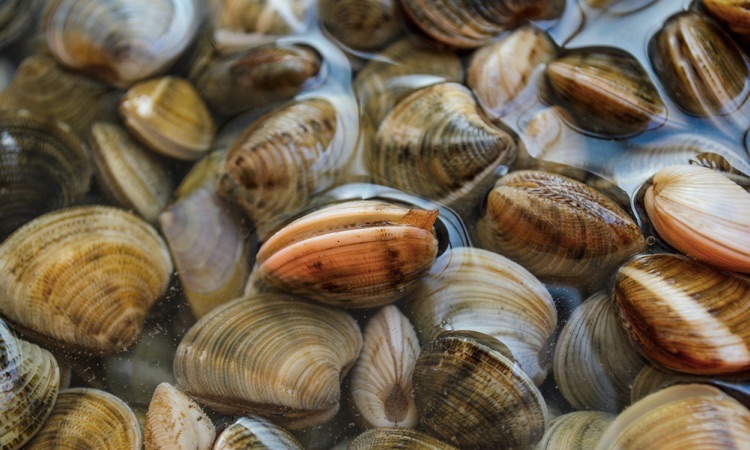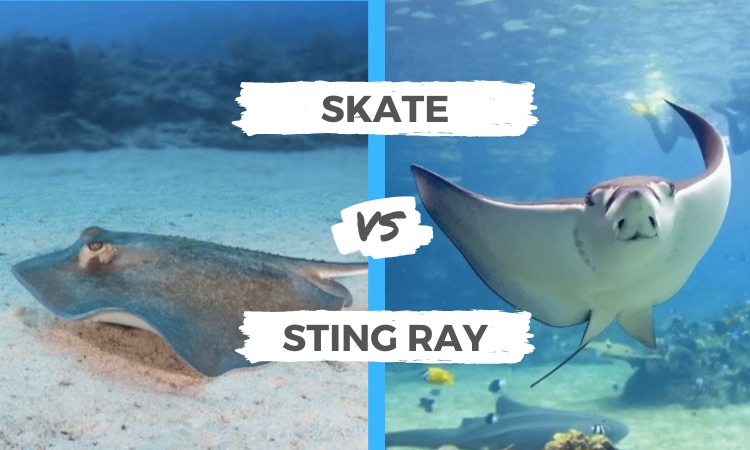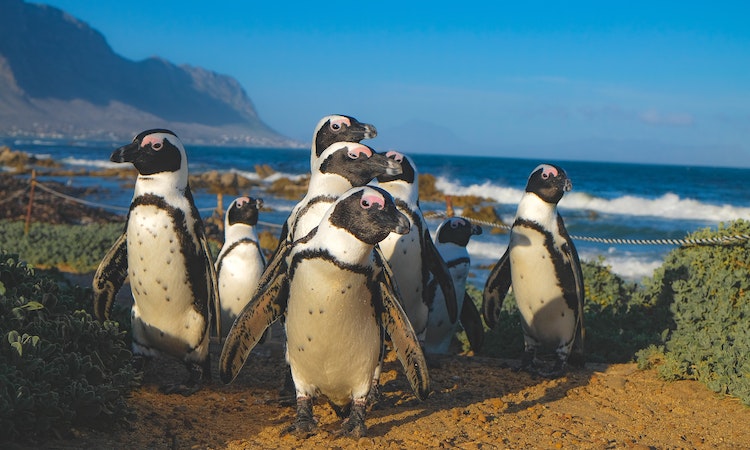Just like every other living being, adorable penguins are part of the food chain as well. It’s therefore natural for people to ask what animals eat penguins.
It is not uncommon for them to be preyed upon by larger animals that rely on them for their livelihoods. Depending on which region you visit, there is a broad array of predators who hunt penguins.
When they venture onto land, a new group of predators awaits them. But the waters are not safe either; in the ocean, penguins become food for various marine animals.
Sadly, sick or young penguins become easy targets as their weak condition makes them easier to catch and devour.
Penguins are native to the Southern Hemisphere, inhabiting Antarctica, Australia, New Zealand, South America, South Africa and the Galapagos Islands.
Sadly they face a number of threats from both land and marine predators that feed on them. Here we will discuss, more in-depth, these creatures who threaten penguins throughout their environment.
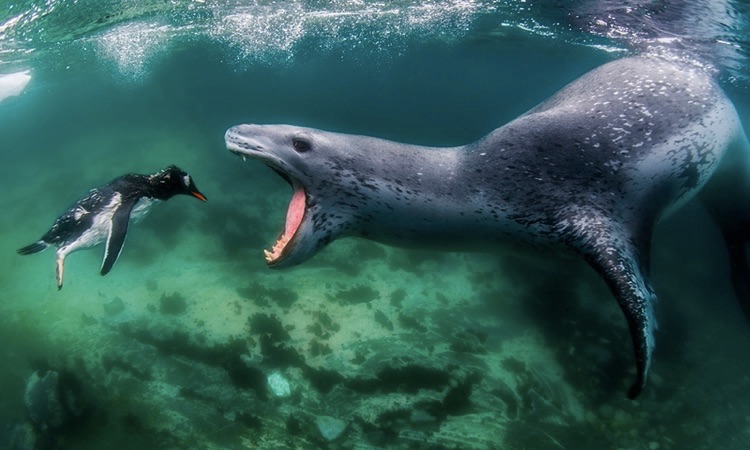
Seals
Pinnipeds also known as seals, are a remarkable and widespread group of carnivorous, fin-footed semi-aquatic mammals that primarily inhabit the ocean. There are 34 different species of them living all over the world.
A majority of their diet consists of fish and cephalopods, supplemented by crustaceans and bivalves. Additionally, they feed on zooplankton as well as warm-blooded creatures like sea birds. This of course includes penguins.
Orcas
Orcas, which are a species of toothy whales belonging to the dolphin family, inhabit both Arctic and Antarctic waters. These powerful creatures feed on an array of prey items from fish and penguins to seals, dolphins and even baleen whales. Truly awe-inspiring giants of the sea!
Killer Whales, more commonly known as Orcas, experience no predation in the oceanic environment. They sit at the top of the marine food chain. Penguins are only a minor portion of their diet and nutritional intake.
In their digestion, researchers discovered evidence that killer whales were scavenging the remains of other species. This conclusively proves that these marine mammals have adapted to a diet of consuming leftover carcasses.
Sea Lions
Comparable to Fur Seals, Sea Lions are part of the same family (Otariidae) that is comprised of different subfamilies.
With their characteristic thick fur, broad chests and bellies, extended fore flippers, external ears and remarkable capacity to move on all four of their limbs – these seals are nothing short of awe-inspiring. Many species of sea lions are quite voracious and will consume virtually anything within their grasp.
Sea lions have an appetite for a variety of creatures, including lamprey, herrings, dogfish, salmon, clams and anchovy. They also occasionally consume squid and seabirds such as dolphins or penguins if the opportunity presents itself.
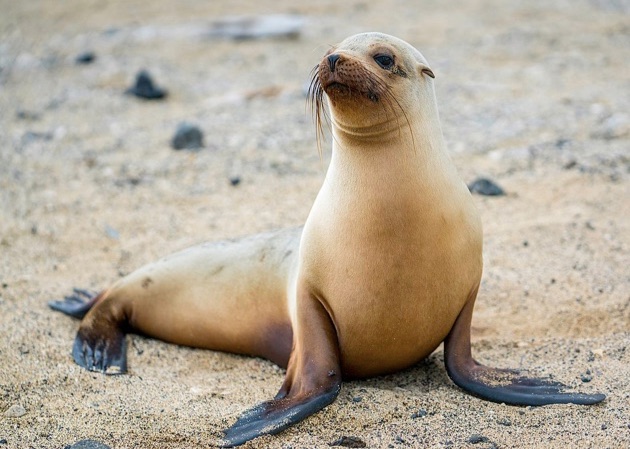
Sharks
Sharks are an amazing variety of fish that belong to the subclass Elasmobranchii and have a unique skeletal structure made completely out of cartilage. You’ll also notice five or six gill slits located on either side of their head, as well as distinct pectoral fins separating them from other fishes.
With over 500 unique species, sharks come in a variety of shapes and sizes. Many are apex predators of the oceanic realm, fearlessly preying upon whatever creatures they can seize.
Penguins are the primary source of prey for several species of shark, including Great White Sharks, Hammerhead Sharks and Tiger Sharks.
Other Questions About Penguins
Tasmanian Devils
Endemic to the island of Tasmania, Tasmanian Devils are not only the largest carnivorous species among marsupials but also one of a kind. Previously, these marsupials could only be found in Tasmania but have recently been introduced to New South Wales.
Possessing a body length equivalent to that of a small dog, the Tasmanian devil is characteristically recognized by its large head and tail which measure at half its body size.
Covered in an ebony fur coat with contrasting white patches on both their chest and rump regions, they have forelegs that are slightly shorter than those at the rear. This is rather unusual amongst other marsupials.
Taking advantage of the environment, these marsupials are scavengers that primarily feed on carrion. Moreover, they eat several small native mammals such as Potoroos, Wallabies and Bettongs as well as sheep, rabbits, reptiles, birds and frogs.
On certain occasions, the Little Penguins have become prey to predators despite not being part of their regular diet.
Armadillos
From the desert to rainforest, armadillos are one of nature’s most fascinating creations. These small New World placental mammals have spread across the Americas and can now be found on three of our continent’s subregions.
Namely, North America, Central America and South America. There are currently 21 species in existence that all share a unique armored skin!
These medium-sized mammals are renowned for their burrowing abilities and possess sharp claws that assist them in forming tunnels underground.
Although they lack clear vision, armadillos possess an amazingly keen sense of smell that allows them to hunt effectively. As opportunistic omnivores, these animals feast on a wide variety of food sources including ants, termites, insects, small vertebrates and carrion as well as plants fruits and vegetables.
Magellanic Penguins, a species native to South America, inhabit the same habitat as armadillos. Sadly, though adult penguins are safe from these mammals’ predatory tendencies, their eggs and chicks are at risk of being damaged or eaten.
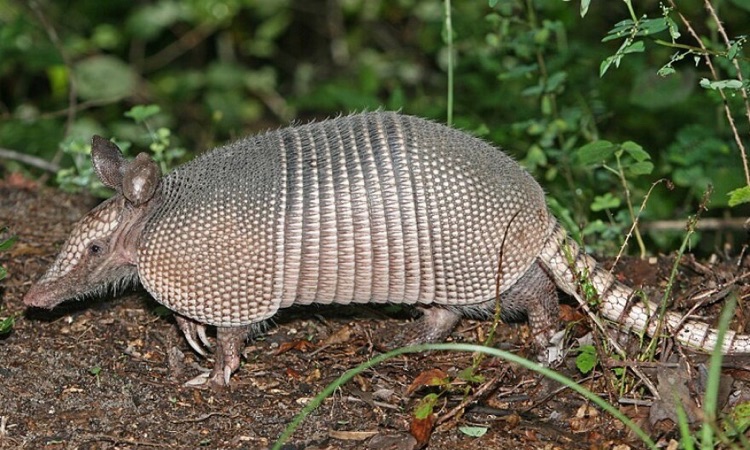
Giant Petrels
As the title implies, Giant Petrels make up their own genus that contains two species – making them the biggest of all petrels.
The first species is a bit bigger than the latter. Though they share similarities in appearance with albatrosses, petrels are identified by their distinctly joined nostrils on either side of their bill; in contrast, the tube nostrils of an albatross will be separated.
Giant petrels are highly opportunistic creatures that take advantage of every chance they get to feed, be it on land or in the ocean. One of their favorite meals? Penguins, seals, and carrion – yum! Unlike other procellarids, giant petrels have no specific diet limitations.
Sheathbills
Breeders of the Sheathbill family, a type of wading seabird, can be found on the Antarctic Peninsula and its neighboring subantarctic islands.
These birds possess a robust physique that is draped with an abundance of white feathers. While the two species are strikingly similar, they can be easily differentiated by their distinctive colored faces and legs.
These birds have a consistent diet of scavenging and taking advantage of opportunities that present themselves, such as seal pups, penguin or cormorant eggs and chicks. Additionally, they also feast on small invertebrates, carrion and excrement.
Albatross
These majestic sea creatures belong to the Procellariiformes family and have a close relation with storm petrels, diving petrels, and other tubenoses. As they roam freely in both Southern Ocean and North Pacific waters, their presence is absent from the North Atlantic.
Although fossilized artifacts suggest that these birds once occupied this region too. Despite this scarcity of sightings today, vagrants are still spotted occasionally!
Albatrosses are among the most impressive of birds that can fly, with species from the Diomedea (great albatrosses) family having some of the longest wingspans in existence – reaching up to 3.7 meters long!
The albatross sustains itself off of a diet consisting primarily of cephalopods, fish, crustaceans and organ meat; however it also eats carrion and feasts on zooplankton. This carrion can include penguin meat, and in particular penguin chicks.

Peregrine Falcons
Previously known as “Duck Hawks” in North America, Peregrine Falcons are strikingly large birds of prey with a vast geographic range. In comparison to crows, they measure larger in size and have the ability to soar through skies effortlessly.
These birds feature a variety of colors on their bodies, from slate-blue to blackish hues on the head and wings. Meanwhile, darker brown stripes adorn the chest banded by rustic white undersides.
Although the two sexes look quite similar, they differ in size; female specimens are 30% bigger than males.
With the Peregrine falcon’s immense strength, it is an efficient hunter of mid-sized birds, reptiles and small mammals. It has been estimated that this avian predator devours 1/5th of all bird species on our planet – including penguins!
Skuas
The Skuas are a family of seven seafaring birds notorious for their aggressive nature. This bird species range significantly in size, with the Brown Skua (Stercorarius antarcticus) as largest and the Long-tailed Skua (Stercorarius longicaudus) at its smallest.
Skuas primarily nourish themselves with fish, mollusks, crustaceans, squid, krill, seabirds and their chicks’ eggs. Chile Skua (Stercorarius chilensis) and the Brown Skua are examples of penguin-eating skua species.
In Summary
We hope we’ve answered the pressing question of “what animal eats penguins?”. Not only are all the predators mentioned above menace to penguins, but human activity has also played a role in their decline. Rising temperatures and changing climate conditions have caused the penguin clan’s numbers to dwindle.
African penguins, in particular, are among the most threatened species due to environmental changes brought about by humanity. Sadly, this means that we as humans have contributed significantly to the destruction of their community.
The devastating impacts of oil spills, pesticides and other human-caused pollutants in the marine have jeopardized penguins’ lives as well as those of other aquatic creatures. Fortunately, great strides have been taken to protect these delightful animals by organizations around the world.
Antarctica is home to the largest penguin population in the world, with some of the most robust and bulky penguins.
From their adorable waddle-like walk to their childlike mannerisms, it’s no surprise that these gentle creatures captivate people from all over. Let us do our part for nature conservation so future generations can continue delighting in them!

